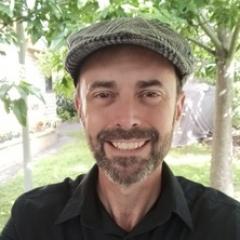Quantum Squeezing via Self-Induced Transparency
Project Level: Honours, Masters, PhD
Optical fibres offer a versatile medium for squeezing the quantum state of light for application in quantum information and communication, and precision metrology. How- ever, the amount and quality of squeezing is limited by interactions with vibrational modes in the silica. A promising alternative is microstructured fibre with a gas-filled hollow core [1]. Here a strong nonlinear response can be provided via self-induced trans- parency, wherein an intense pulse of light is coherently absorbed and then emitted without loss, resulting in the kind of intensity-dependent phase shift required for squeezing.
In this project, you will develop and implement a realistic computational model of resonant atom-light interaction in this system, including coupling to relevant reservoirs, to make accurate predictions of the amount of squeezing possible. A key aspect of the work is to adapt the quantum noise techniques previously used to successfully predict squeezing in dispersive media [2] to resonant interactions. The results will play a vital role in guiding current and future experiments in quantum squeezing with microstruc- tured fibre.
[1] Ulrich Vogl, Florian Sedlmeir, Nicolas Y Joly, Christoph Marquardt, and Gerd Leuchs. Generation of non-classical light via self-induced transparency in mercury- filled hollow core photonic crystal fibers. In Frontiers in Optics 2016, 2016.
[2] Joel F Corney, Joel Heersink, Ruifang Dong, Vincent Josse, Peter D Drummond, Gerd Leuchs, and Ulrik L Andersen. Simulations and experiments on polarization squeezing in optical fiber. Phys. Rev. A, 78(2):23831, 2008.

